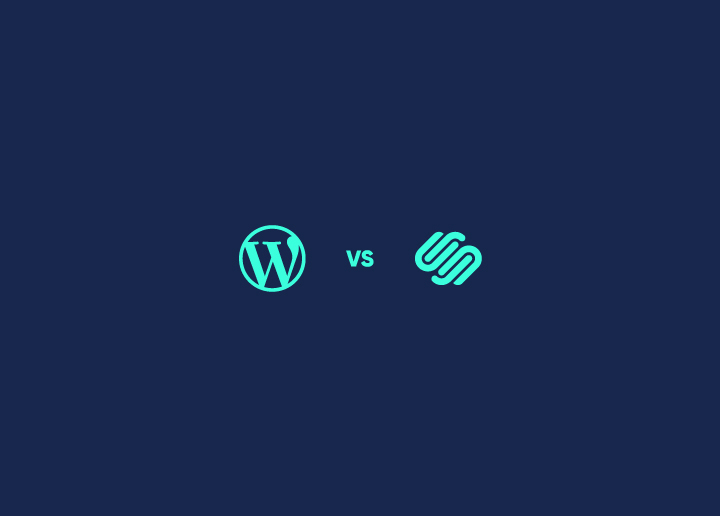If you’re a digital marketer, you probably know that Google has updated its ranking algorithm. The changes have resulted in more and more businesses losing out on top-of-page rankings for their sites—a trend that’s been ongoing since the update first happened in April 2019. But this isn’t just bad news for marketers; it’s also bad news for their clients who rely on their websites to help drive traffic toward their products and services and ultimately increase revenue. If you want your website to perform well and generate more sales than ever, then understanding how Google determines which pages are most relevant at any given moment is vital!
What is dwell time?
Dwell time is the amount of time a visitor spends on your website. You can calculate it by dividing the number of page views by the number of unique visitors.
This metric helps you understand how effective your marketing efforts are and will help you increase conversions if you know what to focus on.
Understanding dwell time
Dwell time isn’t just about engagement—it also measures how much time people spend on your site before they leave (or bounce). If someone spends more than three seconds reading a blog post but clicks away within 24 hours, that’s its “bounce.” But if they spend 20 minutes reading an article and then return later in their journey through the site, that’s classified as a “returned visitor.”
So, how do you calculate dwell time?
You’ve heard the phrase, “engagement is key to SEO.” And while it makes sense that your site needs to be engaging and easy to use for users, how do you know if you’re doing a good job?
Dwell time is one metric that can give you an idea of how engaged your visitors are with your content. It measures the amount of time spent on a website per visit (in other words: how many seconds they spend on the page). The higher their dwell time percentage is compared to their overall average visit length; then the more engaged those people were with what they saw!
Dwell time and SEO
Dwell time is a crucial metric for SEO, but it’s also helpful to digital marketers. It helps you understand how people interact with your content and thus optimize it to improve engagement.
Read below to know why SEO and digital marketing matter in general.
Why is dwell time important for digital marketers and their clients?
Dwell time is an indicator of user satisfaction, engagement, and loyalty.
- User satisfaction: The longer a user stays on your site, the more likely they will return. This can be a good thing if you want them to buy something or sign up for your newsletter—and it’s even better if those purchases increase sales for you!
- User engagement: The longer users stay on your site, the more likely they interact with content like blog posts or social media updates (e.g., liking/sharing). This helps increase traffic and drive conversions through increased brand awareness among interested customers who might not have known about what you had before because they didn’t visit often enough. But now they do so regularly enough, thanks primarily due to the large amounts of visits per day! This also increases conversions by providing value before selling anything else later down the road where people make purchases instead of spending money elsewhere, resulting in more sales overall.”
How to increase your website’s dwell time?
- Use a video. Video is king, especially when it comes to e-commerce websites. Videos help you get your message out there more engagingly than any other medium could ever do. They also allow you to showcase products or services that might not be as memorable without being animated.
- Use a quiz or survey. Both of these methods are useful for gathering feedback from visitors on what they like about your site and what needs improvement. You can also use them to encourage people who have left their website without buying anything to come back again later on down the line – just remember not to be too pushy, though!
- Create white papers/blog posts/tools etc… These are all effective ways of getting people interested in learning more about whatever product or service you offer because they’re often considered “cool” by today’s generation.
Conclusion
We hope you’re feeling more confident about your ability to track dwell time and that you can use this information to improve your SEO efforts. Remember, knowing what kind of content works best for your site is critical. If it’s not working for you yet, don’t give up!
It takes time for an algorithm like Googlebot’s spider to learn how much time people spend on each page. As long as you’re keeping track of visits per session and bounce rate over more extended periods than just one day or week—especially if those numbers are improving—you should see some positive results soon enough!
Looking for professional WordPress SEO services? Contact us today & climb the ladder of Google rankings!


















